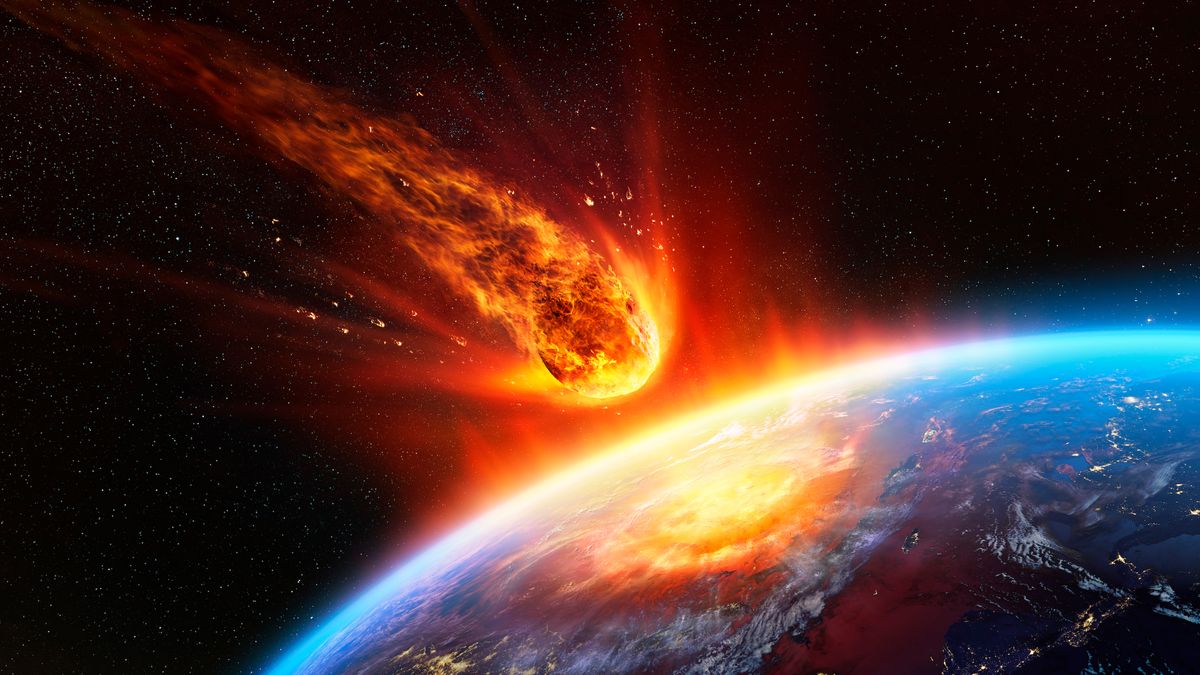
An hour after the impact, the tsunami had left the Gulf of Mexico and rushed into the North Atlantic.
Four hours following the impact, the tsunami passed through the Central American Seaway — a passage that separated North from South America at the time — and into the Pacific.
A full day after the asteroid's collision, the waves had traveled through most of the Pacific and the Atlantic, entering the Indian Ocean from both sides, and touching most of the globe's coastlines 48 hours after the strike.After the impact, the tsunami radiated mostly to the east and northeast, gushing into the North Atlantic Ocean, as well as to the southwest via the Central American Seaway flowing into the South Pacific Ocean.Other regions largely escaped the tsunami's power, including the South Atlantic, the North Pacific, the Indian Ocean and what is now the Mediterranean sea, according to the team's models.The team even found outcrops — or exposed rocky deposits — from the impact event on eastern New Zealand's north and south islands, a distance of more than 7,500 miles (12,000 km) from the Chicxulub crater in Mexico.While the models didn't assess coastal flooding, they did reveal that open-ocean waves in the Gulf of Mexico would have exceeded 328 feet (100 m), and waves would have reached heights of more than 32.8 feet (10 m) as the tsunami approached the North Atlantic's coastal regions and parts of the South America's Pacific coast, according to the statement.